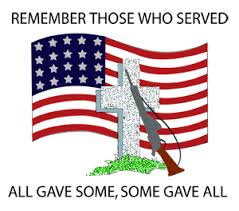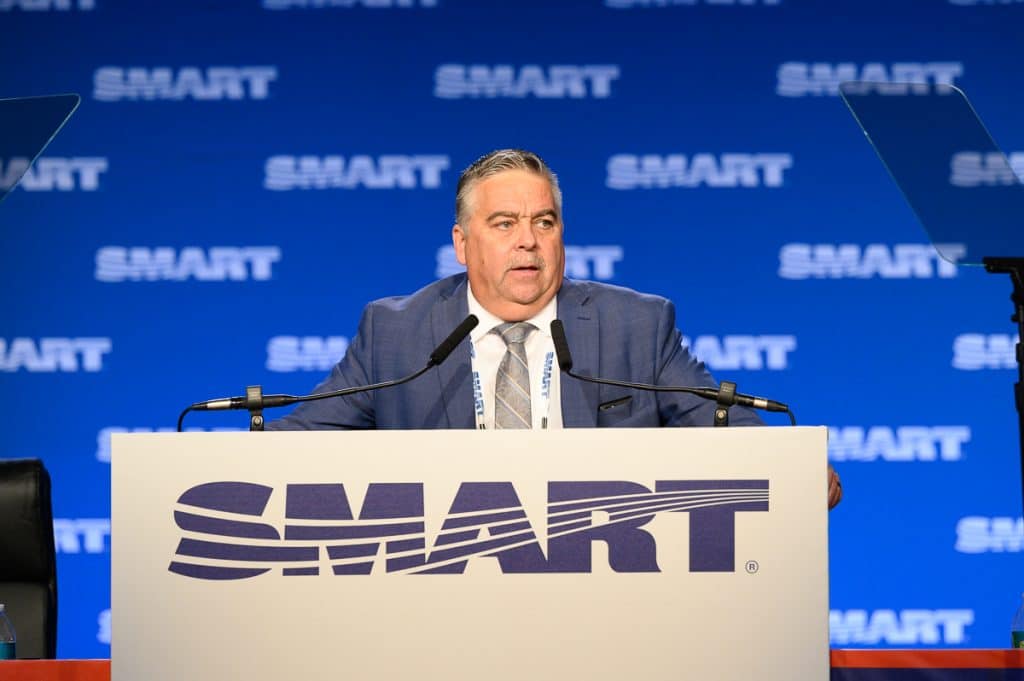
The 2023 SMART Leadership Conference’s final sheet metal session, like the joint session, brought an array of pro-labor guests to union leaders, solidifying our union’s relationship with figures in the Biden administration and beyond. Then, conference attendees heard department reports from officers in the International, laying the informational groundwork for the work that lies ahead.
Guest speakers show strength of important relationships
Helmets to Hardhats Executive Director Martin Helms took the stage to begin the sheet metal session, where he urged local union leaders to take advantage of Helmets to Hardhats’ (H2H) system and bring veterans into our trade. SMART is one of the leading affiliates in recruiting veterans, Helms said, pointing to a recent success story out of SM Local 18 (Wisconsin). Nonetheless, he challenged us to do better, making use of H2H, the GI bill and other resources to strengthen our union AND help our veterans.
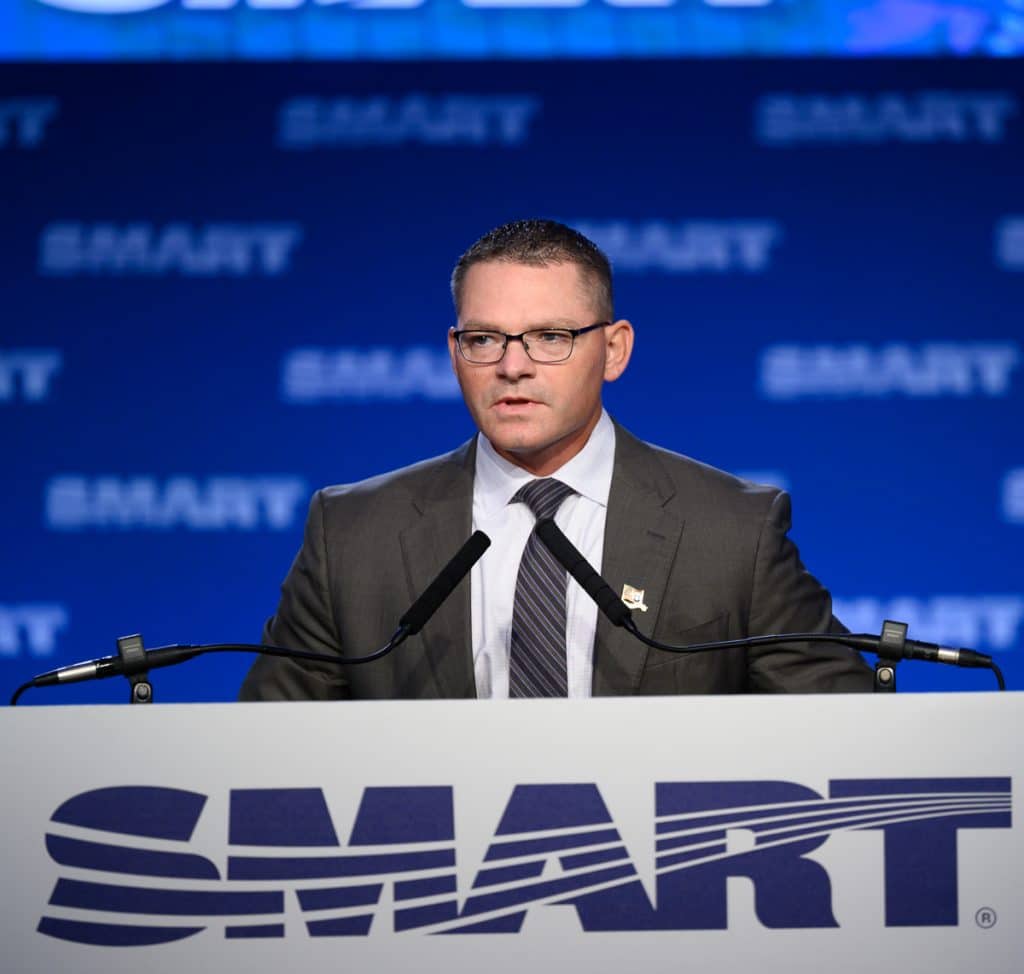
“There’s nothing better than when you get to change people’s lives and pass that on,” Helms said. “Please get in contact with us to pay it forward.”
Sheet metal leaders were next joined by General Services Administration (GSA) Administrator Robin Carnahan, who has led GSA’s efforts on initiatives including indoor air quality in federal buildings and project labor agreements on federal projects that cost more than $35 million.
Carnahan has a long history of working with SMART and labor leaders, dating from her time as the Missouri secretary of state. She used her speech to describe what GSA does: Essentially, delivering on the Biden administration’s agenda of investing in America, whether managing the country’s largest portfolio of buildings or buying and managing power. That makes GSA a crucial partner for unions like SMART as we look to seize this moment.
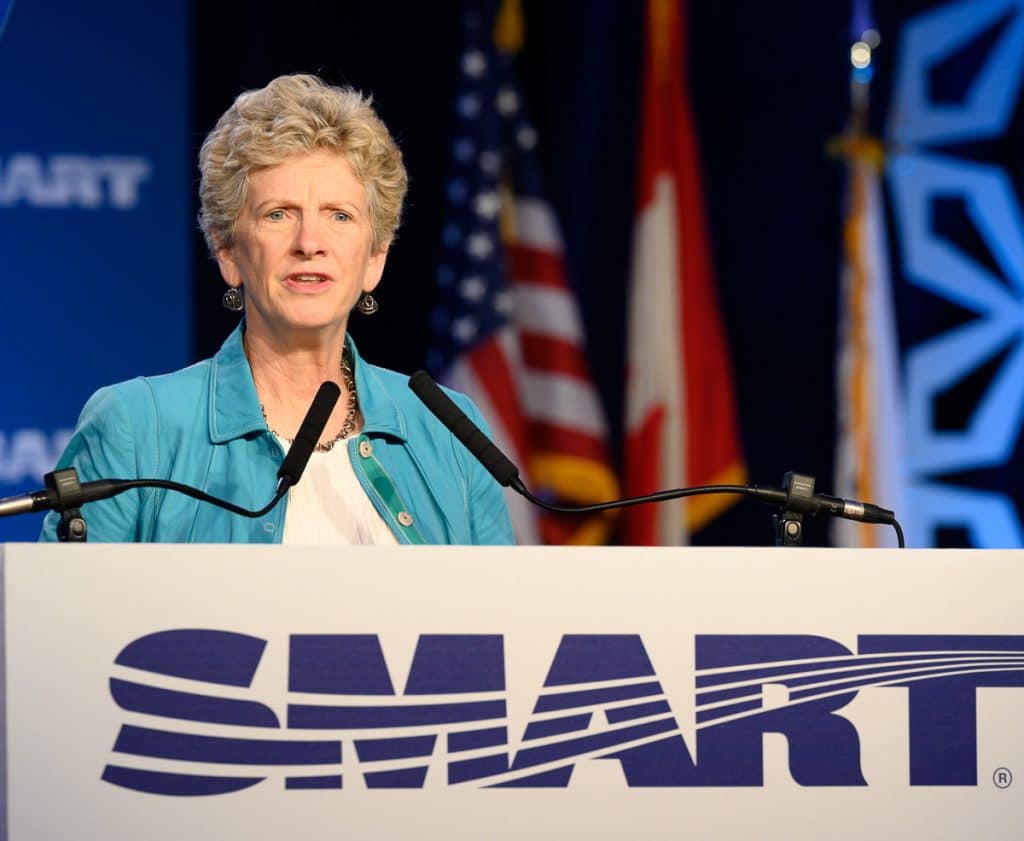
GSA, Carnahan said, is working to modernize facilities across the country, creating good-paying, union jobs across the country.
“Thanks to the Inflation Reduction Act, we are investing in sustainable building materials, updating HVAC systems and improving indoor air quality in building systems,” she declared – all of which create opportunities for SMART members.
GSA estimates that its investments alone will create 15,000 jobs. Carnahan listed some of the specific initiatives that GSA is working on, including upgrading border crossing facilities – which will create 6,000 jobs at the northern and southern borders, including on HVAC work. GSA is also investing billions of dollars in sustainable building practices, such as funding for HVAC and heat pumps, and the agency is “laser-focused” on implementing President Biden’s executive order on project labor agreements.
“Through these once-in-a-generation investments, we have the money and momentum to improve America’s infrastructure, bolster our economy, and support healthier communities,” she said. “We are going to need a lot of well-trained SMART members on projects all across the country.”
GSA and SMART have a lot of work to do together, Carnahan added, to fulfill a “win-win” situation for both GSA and union members. That means making sure local unions know how to find pipelines to work on GSA projects, collaborating to enforce prevailing wage for federal contractors and more.
“Once again we are witnessing this moment where organized labor is stepping up to lead the country,” she concluded. “Organized labor is providing the people we need to make these investments in America – organized labor is recruiting, funding and training the next generation of American workers. We need to tell that story more.
“Let’s get to work!”
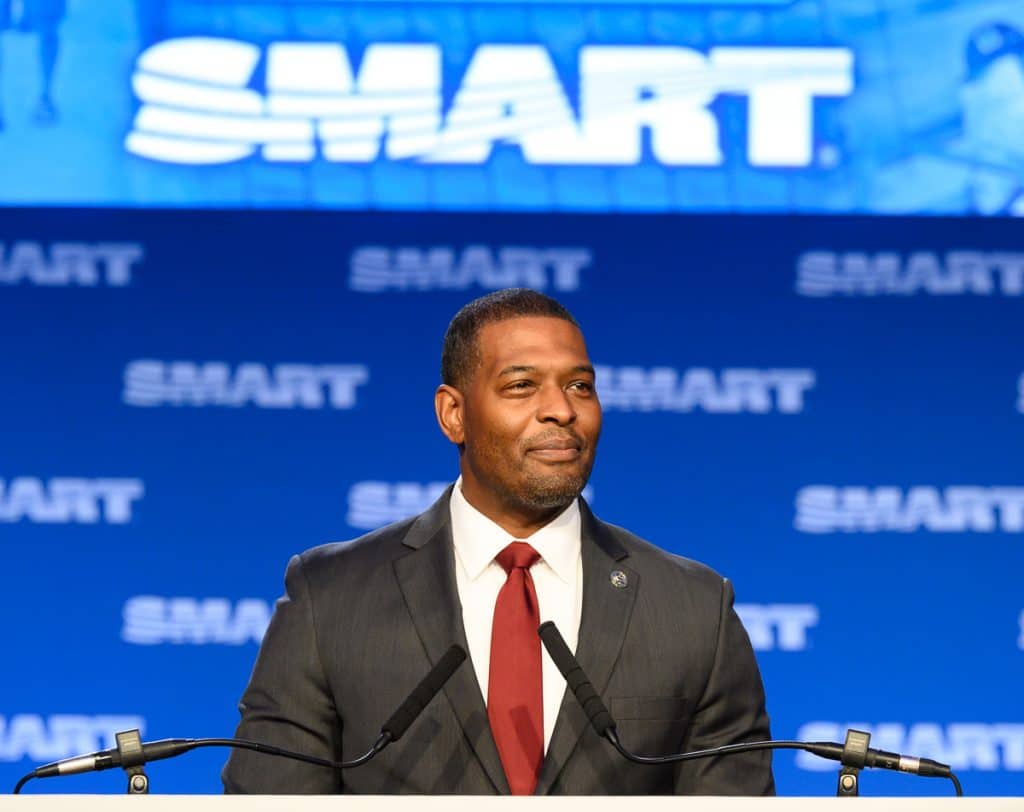
Environmental Protection Agency Administrator Michael Regan was the final speaker to join the sheet metal session, where he emphasized the challenge – and the golden opportunity – presented by the climate crisis.
“I want to express my gratitude for your tireless efforts to protect and empower workers across this country,” Regan said. “Your work on innovative technologies and advocating for strong climate legislation is impacting working people across the country.”
As climate change continues to impact our nation and our world, he continued, we have a chance to rebuild America with clean energy jobs – putting people to work and spurring economic growth through investments in clean energy. Funding from federal legislation like the Bipartisan Infrastructure Law is putting union members on the job strengthening our climate resiliency. The Inflation Reduction act, he added, unlocks a surge of incentives to spark private investment and create hundreds of thousands of union jobs.
“At EPA we know that if we want a clean economy, we must invest in workers who will carry out this transition,” Regan explained. “We’re pushing ourselves to think ambitiously about creating high-quality jobs for a diverse set of Americans.”
There are tens of millions of dollars flowing to communities to improve indoor air quality across the country, he noted, and billions of dollars to help school districts switch to EV buses – many of which are made by SMART members. And EPA has updated its master grant terms and conditions to make clear that anyone who receives a grant from EPA will not use EPA funds to oppose union organizing. That, Regan said, is all part of EPA’s holistic focus on working with labor to create our green energy future.
“We need to hear from you, we need to lean on you, and we need to continue to work alongside you,” Regan concluded. “Addressing the climate crisis is a massive undertaking, but it’s also an opportunity. To protect our environment and to treat workers with dignity.”
Department reports illustrate SMART’s solid foundation
Louise Medina, director of special projects, took the stage to overview the department’s activities – which have been a massive success in a short period of time. Initiatives including the Recruitment and Retention Council, the SMART Women’s Committee, the BE4ALL Committee and the revamped SMART disaster relief system have helped our union take care of and protect members, advancing equity and belonging across our organization. That includes distributing bathroom kits, toolbox talks and the BE4ALL calendar, as well as creating websites for the Recruitment and Retention Council and the women’s committee.
Chris Paswisty, director of Canadian Affairs, provided attendees with an update on developments in Canada. SMART Canada represents sheet metal workers, roofers, architectural and building enclosure workers, production workers and dockyard & shipyard workers. Paswisty emphasized the need to put our members to work preparing for the ramifications of climate crisis. He updated attendees on progress made by SMART Canada to make sure architectural and building enclosure work is recognized as a Red Seal trade, as well as the work Canadian locals are performing to make sure stakeholders and politicians know: SMART members are the workers who can perform sheet metal, roofing and building enclosure work to keep Canadians safe.
“Our skills are in demand – let’s leverage that,” Paswisty declared. “The future depends on what we do today.”
Paswisty also detailed ongoing efforts to bring workers from all communities into SMART, as well as legislative victories including the Labour Mobility Tax Deduction, prevailing wage for Green Tax Credits, ant-scab legislation and more.
“We need all hands on deck,” he said. “We need to be telling stakeholders and politicians what we do – every single day. This is our time, brothers and sisters.”
Christy Foley – SMART manager of membership services – overviewed SMART’s scholarship fund and the work of the scholarship committee, explaining how local unions can get involved, thanking donors and playing a video of this year’s winner for best scholarship essay.
General President Coleman then thanked the SMART staff, the UNITE HERE Local 25 members who worked the conference, General President Joseph Sellers, General Secretary-Treasurer Joseph Powell, the General Executive Council and all participants in the conference.
“I want to thank you. A lot of you I know, some of you I just met,” Coleman said.
“We do great work. We change lives. How does it happen that that message gets lost?
“That’s what we do. We lift people up. So I say: Somehow, we still have enemies out there. They’ve knocked us down in the past, but we now have a level playing field. So I have a message to our enemies: mess around and find out. Because I’ve got your back, and you’ve got mine. It’s one fight, all fight.”
With that, General Secretary-Treasurer Powell and General President Coleman brought the conference to an end.

